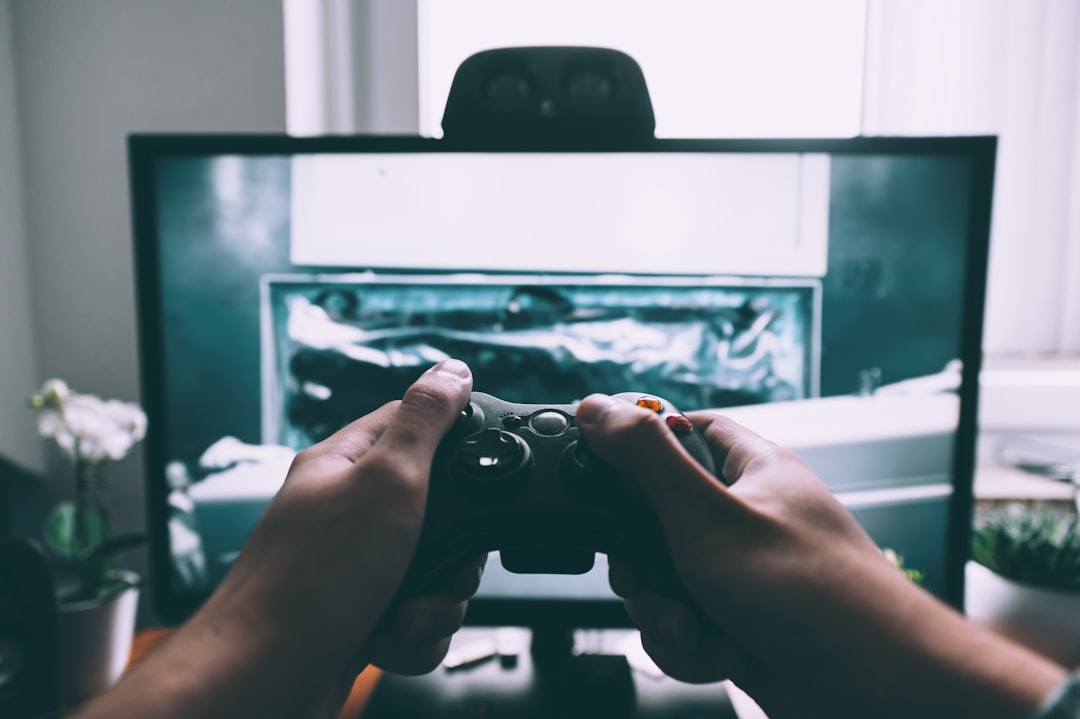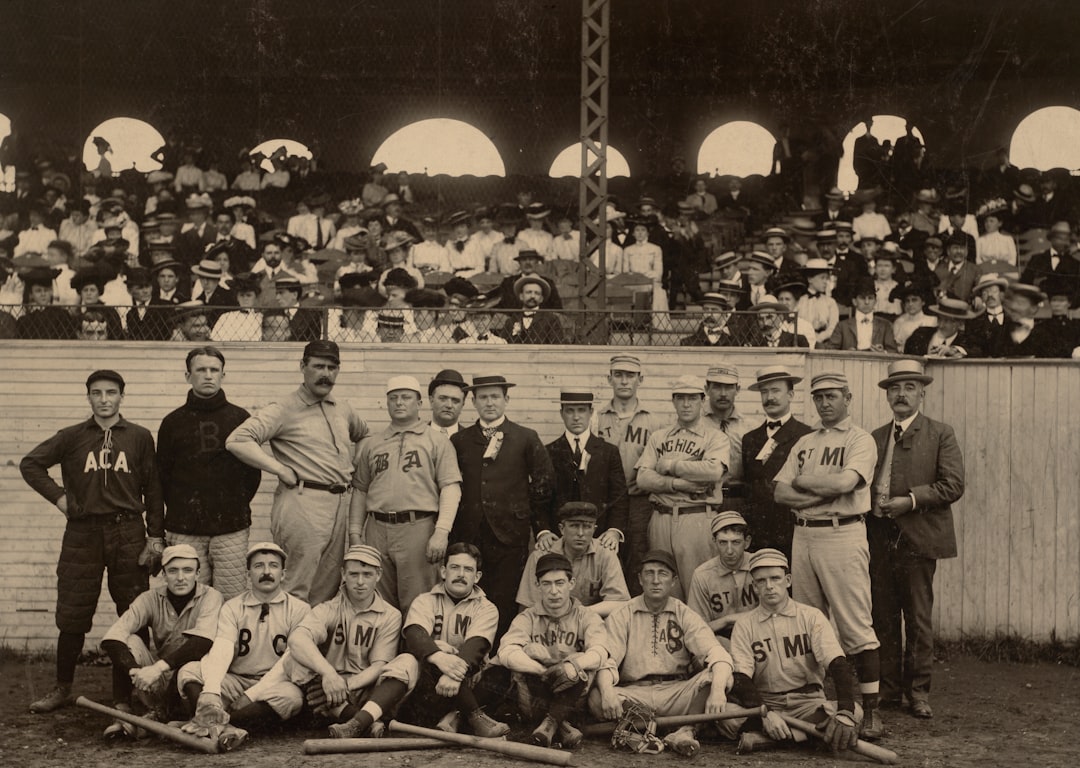Do you want to improve your memory skills while having fun? Look no further than Google’s Memory Game! This classic game has been given a modern twist by Google, making it easily accessible and enjoyable for all ages. In this article, we’ll explore the Google Memory Game and how it can help you unleash your memory skills.
What is the Google Memory Game?
The Google Memory Game is a digital version of the classic memory game, also known as Concentration or Pairs. The game consists of a set of cards with matching pairs of images, numbers, or words. The cards are shuffled and placed face down, and players take turns flipping over two cards at a time to try and find a matching pair. The goal of the game is to remember the location of each card and match all the pairs in the shortest amount of time.
How to Access the Google Memory Game

The Google Memory Game can be accessed through a simple Google search. Just type in “Google Memory Game” and click on the first result. Alternatively, you can access the game directly through the Google Doodle archive, where it was featured as a Google Doodle on August 30, 2019.
How to Play the Google Memory Game
To play the Google Memory Game, follow these simple steps:
- Click on the “Play” button to start the game.
- Choose the level of difficulty – easy, medium, or hard.
- The cards will be shuffled and placed face down.
- Click on two cards to flip them over.
- If the cards match, they will stay face up and you can continue playing.
- If the cards do not match, they will be flipped back over and you can try again.
- The game ends when all the pairs have been matched.
- Your time will be recorded, and you can try to beat your previous record in future games.
Why Play the Google Memory Game?
Playing the Google Memory Game has many benefits, including:
Improving Memory Skills
The main benefit of playing the Google Memory Game is that it helps improve memory skills. As you play, you are constantly exercising your brain by trying to remember the location of each card and matching the pairs. This can help improve your short-term memory, concentration, and focus.
Enhancing Cognitive Function
In addition to improving memory skills, playing the Google Memory Game can also enhance cognitive function. The game requires you to use problem-solving skills, visual perception, and decision-making abilities. This can help keep your brain sharp and improve overall cognitive function.
Fun and Engaging

The Google Memory Game is not only beneficial for your brain, but it is also a fun and engaging activity. The game is suitable for all ages and can be played alone or with others. You can challenge yourself to beat your own record or compete against friends and family to see who can match all the pairs in the shortest amount of time.
Google Memory Game for 2 Players
The Google Memory Games can also be played with two players, making it a great activity for friends, couples, or family members to enjoy together. To play the game with two players, follow these steps:
- Click on the “2 Player” button to start the game.
- Choose the level of difficulty – easy, medium, or hard.
- The cards will be shuffled and placed face down.
- Player 1 clicks on two cards to flip them over.
- If the cards match, they will stay face up and Player 1 can continue playing.
- If the cards do not match, they will be flipped back over and it becomes Player 2’s turn.
- The game continues with players taking turns until all the pairs have been matched.
- The player with the most matched pairs at the end of the game wins.
Google Memory Game for 2 Players: Benefits
Playing the Google’s Memory Games with two players has additional benefits, including:
Encouraging Collaboration and Communication
Playing the game with another person encourages collaboration and communication. Players must work together to find the matching pairs and strategize to beat their opponent. This can help improve teamwork skills and strengthen relationships.
Adding a Competitive Element

Playing the Google’s Memory Game with two players adds a competitive element to the game. This can make it even more exciting and engaging, as players try to outsmart and outmatch their opponent. It can also help improve decision-making skills and quick thinking under pressure.
Google Memory Game for 2 Players: Free Version
The Google Memory Game’s for 2 players is available for free, making it accessible to everyone. You can play the game with a friend or family member without having to purchase any additional equipment or pay for a subscription. This makes it a great option for a fun and budget-friendly activity.
Other Memory Games by Google
In addition to the classic Memory Game, Google’s has also created other memory games that are available for free. These include:
Google Quick, Draw!
Google Quick, Draw! is a game that challenges players to draw a specific object in under 20 seconds. The game uses machine learning to recognize the drawings and provides feedback on how well you did. This game can help improve visual memory and creativity.
Google Smarty Pins
Google Smarty Pins is a trivia game that tests your knowledge of geography, history, and pop culture. Players must answer questions by placing a pin on a map in the correct location. This game can help improve memory and knowledge retention.
Conclusion
Playing the Google Memory Game is a fun and effective way to improve memory skills, enhance cognitive function, and have a good time. Whether you play alone or with a friend, the game offers many benefits and can be easily accessed for free through a simple Google search. So why not give it a try and see how well you can remember and match all the pairs?
